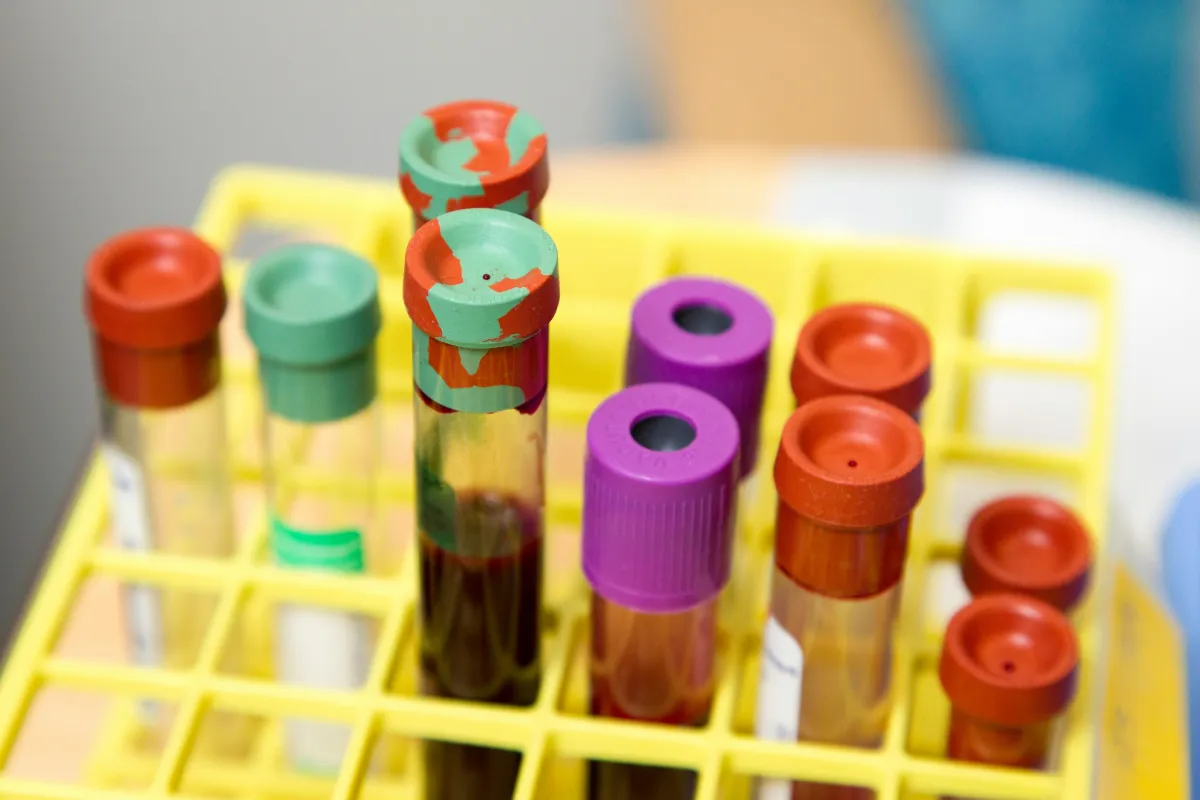
Made up of plasma, red blood cells, white blood cells and platelets, it’s constantly circulating through our body as the moving force we need in order to exist. Blood testing is also a vital part of the anti-doping repertoire.
Why are blood tests important?
An athlete can be selected for testing anywhere, anytime, via a urine sample, or a blood sample, or both.
Blood tests are an essential part of the global approach to anti-doping as it can detect some performance enhancing substances not detectable through urine analysis.
|
Our latest news, resources, podcasts, courses and webinars:
|
They are also a necessary component of collecting longitudinal data as part of an Athlete’s Biological Passport (ABP).
The ABP allows us to monitor certain biomarkers over time to better detect the use of performance-enhancing substances and/or methods.
Who is involved in sample collection?
Doping Control Officers (DCOs) organise and manage the sample collection session.
Chaperones notify, accompany, and witness you providing a sample. If you are required to provide both blood and urine samples, the blood is generally collected first.
Blood Collection Officers are qualified to perform the phlebotomy and collect the blood samples from athletes.
Doping Control Officers (DCOs) and Chaperones ensure that sample collection occurs in strict accordance with the relevant procedures, so all athletes are treated in a fair and equitable manner.
All sample collection personnel carry identification.
How are blood tests conducted?
Athletes selected to provide a blood sample will be advised in advance and have their blood drawn by a qualified Blood Collection Officer.
On average around 15ml of blood is drawn across multiple collection vials, which is about two tablespoons. This amount of blood is unlikely to affect an athlete’s performance.
Once the blood is taken it is sent to a World Anti-Doping Agency (WADA) accredited laboratory, with the athlete’s paperwork and unique sample identifier information.
What is a resting period?
There is a mandatory resting period before any blood is taken, and the Doping Control Officer will explain the process and go through the paperwork with you during this period.
If you have not done any physical activity prior to Notification, then the rest period is 10 minutes.
If you have done exercise that has raised your heartrate above your baseline for normal activities, the rest time can vary from 30 minutes to 2 hours, dependent on the type of blood test required.
During the last 10 minutes of any rest period, you must sit in the chair in a relaxed position with both feet flat on the ground.
If you stand up or cross your arms or legs, the 10 minutes must start again.
For Athlete Biological Passport samples, you will be required to complete a short questionnaire.
How long is blood stored?
An athlete’s blood can be stored for up to 10 years or more at a WADA-accredited laboratory. An athlete’s name is not written on the blood samples, for privacy reasons, but the unique testing number given at the time the sample was taken will be linked to records on file for trace-back if necessary.
What happens if an athlete has a blood or needle phobia?
It has been suggested that 2 to 4 per cent of the Australian population faints at the sight of blood, with recent studies suggesting as many as one in five Australians suffer from a fear of needles. Those figures combined suggest there will be some athletes who are very nervous about blood testing.
Unfortunately, a phobia is not enough to excuse an athlete from testing, however the Blood Collection Officer will work with you to make the process as quick and painless as possible.
To refuse a test could result in an Anti-Doping Rule Violation (ADRV) and may receive a sanction for evading, refusing or failing to submit to sample collection. The penalty for this type of ADRV may be the same as providing a sample that contains a prohibited substance.
What is blood doping?
Blood doping is the introduction of certain substances or techniques to increase the red blood cell mass in the body, allowing more oxygen into the muscles which ultimately enhances performance.
Blood doping might involve the introduction of either erythropoietin (EPO) or synthetic oxygen carriers or might involve either an autologous or homologous blood transfusion.
All are prohibited under WADA’s List of Prohibited Substances and Methods.
Blood doping is not only prohibited in sport but can lead to diseases such as heart disease, embolisms or stroke. Blood doping is one of the many performance enhancing substances and methods we test for.
What happens if an athlete needs a blood transfusion?
An athlete’s health is always the most important consideration and in the event of a medical emergency, treatment should always be carried out as medically appropriate, and consideration for a retroactive Therapeutic Use Exemption (TUE) can be dealt with after the medical issue is stabilised.
Can an athlete donate blood?
Donating whole blood is not prohibited by WADA, however its essential athletes keep a medical record from the blood bank confirming the date, type and volume of the donation.
This is particularly important for athletes who are part of a drug testing pool or has an ABP. This is because blood loss may result in changes to the ABP.
As of January 2024, athletes are now able to donate plasma, this was previously restricted by the WADA Code.
*Page last updated on 24 April 2024 to reflect the WADA Prohibited List changes.